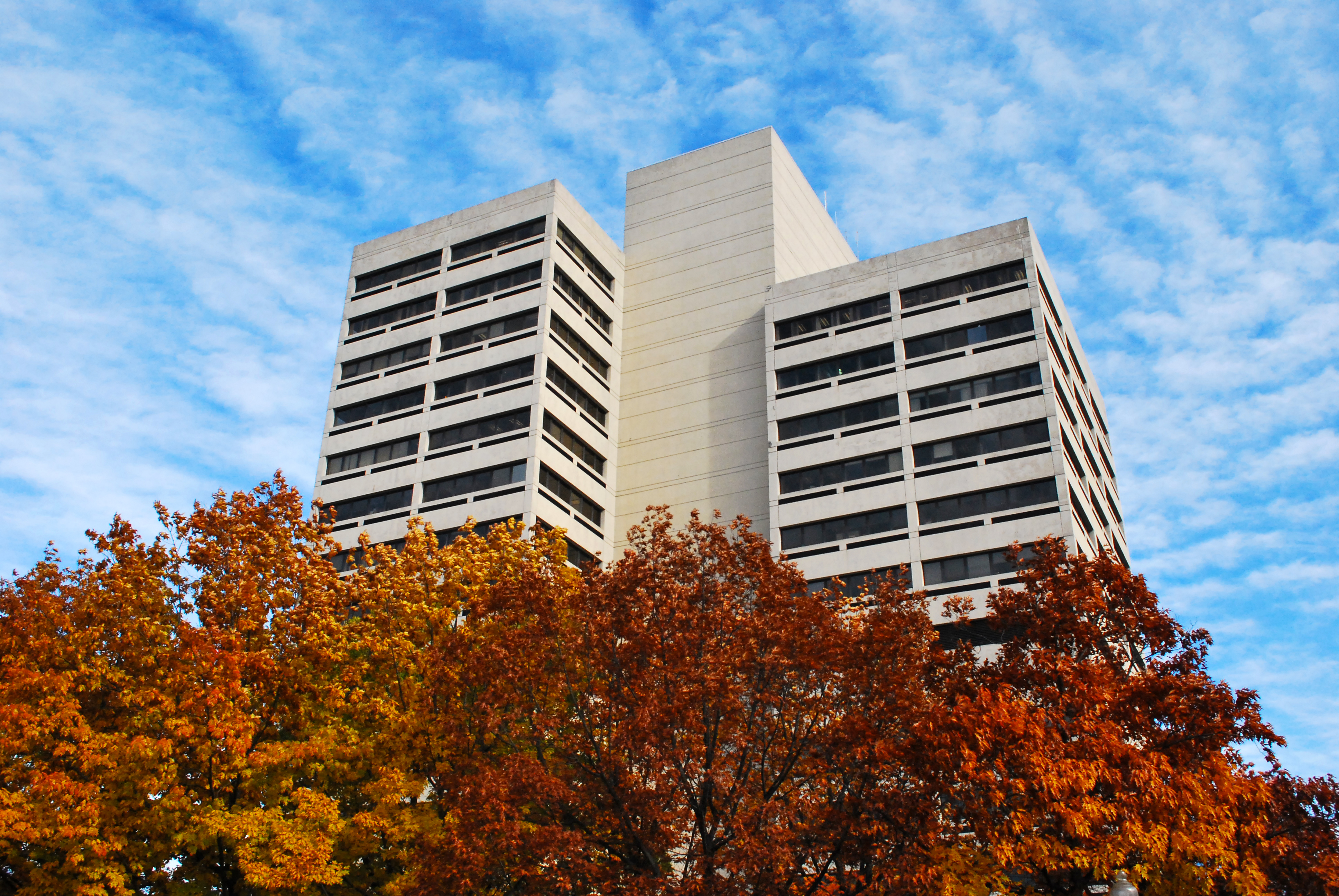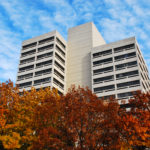


Facade Restoration James M Hanley Federal Building
Client: U.S. General Services AdministrationLocation: Syracuse, NYProject Date: 2015Cost: $1,983,000
Structural Design
Testing and Inspection
As part of our GSA Indefinite Quantity Contract, NKB provided a condition assessment and study, construction documents, cost estimate, and construction period services for the façade renovation at the James M. Hanley Federal Building in Syracuse, NY.
GSA required a full assessment of the integrity of the cast-in-place concrete façade of the Federal Building. In order to determine the root cause of the extensive cracking and spalling exhibited throughout the concrete panels which make up the façade, NKB performed an exhaustive survey of the building exterior. Additionally, NKB provided industrial rope access technicians to remove limited loose portions of the façade concrete and to patch where necessary in order to reduce the potential of falling hazards.
The condition assessment of the building façade identified approximately 400 locations where loose or spalling concrete existed presenting a risk to public safety. Approximately 1,500 FT of cracking existed which demanded cutting and patching to restore stability to the building envelope. Additionally, approximately 1,700 SF of crazing required a stabilizing coating to prevent further deterioration.
Due to the James M. Hanley Federal Building’s urban location and proximity to heavy pedestrian and vehicular traffic, as well as an on-site daycare playground, considerable attention was paid to immediately ensuring a safe environment while minimizing the disruption to the surrounding community and building tenants during the construction process.
GSA also requested that NKB investigate the formation of ice on the window sills. NKB performed a thermal analysis of the conditions which occur at the concrete window sill during typical winter months. As a result of this analysis, NKB was able to determine the likely cause of ice formation on the sills and determine a corrective action to prevent this condition from occurring.







